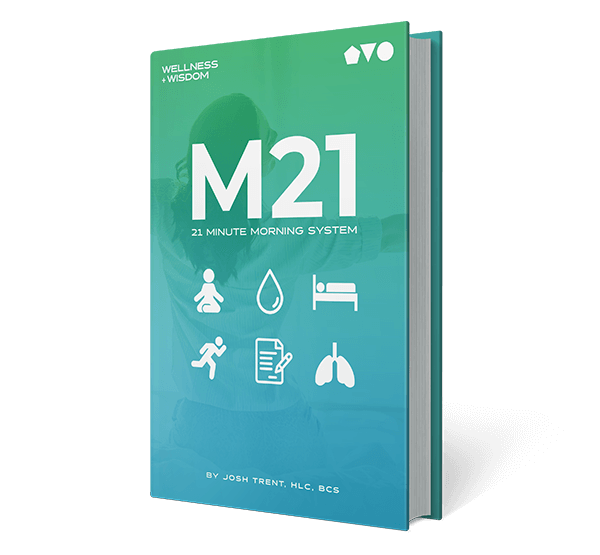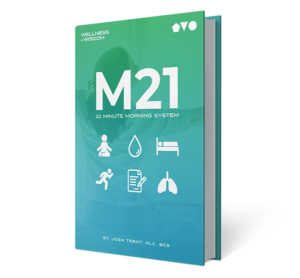Healthcare technology has become increasingly vital in modern medical practice. As technological advancements continue to emerge, their integration into healthcare settings significantly improves patient outcomes. From diagnosis to treatment, technology plays a crucial role in enhancing the quality of care patients receive. With the growing complexity of healthcare needs, leveraging technology has become essential for providing efficient and effective care.
Below, we’ll explore six key areas where healthcare technology boosts patient outcomes.
- Electronic Health Records (EHRs)
Electronic health records (EHRs) provide a digital version of a patient’s paper chart, making health information instantly available to authorized users. This accessibility ensures that healthcare providers have up-to-date information at their fingertips, leading to better-coordinated and more accurate care. EHRs reduce the risk of errors that can occur with paper records, such as misinterpretation of handwriting or loss of documents. By streamlining information sharing among different healthcare providers, EHRs improve the continuity of care.
The benefits of EHRs extend beyond just accessibility. They also enhance patient safety and outcomes by enabling more comprehensive documentation and monitoring. For example, EHRs can include features like automated alerts for potential drug interactions or reminders for preventive care screenings. These proactive measures help in early detection and intervention, ultimately leading to better patient outcomes. Additionally, EHRs facilitate data collection for research and quality improvement initiatives, contributing to the overall advancement of healthcare practices.
- Integration of Faith and Technology in Nursing
Faith-based nursing is a holistic approach that combines professional medical care with spiritual support. This approach recognizes that addressing a patient's spiritual needs can significantly impact their overall well-being and recovery. By incorporating elements of faith into nursing care, healthcare providers can offer more compassionate and personalized care, which can enhance patient satisfaction and outcomes. For example, nurses who understand the role of religion and nursing can provide support that aligns with a patient's beliefs, helping to alleviate anxiety and promote healing.
Technology further supports faith-based nursing by providing tools that enhance communication and care coordination. For instance, electronic health records (EHRs) can include information about a patient's religious preferences, enabling healthcare providers to tailor their care accordingly. Telemedicine platforms can also facilitate virtual consultations with chaplains or spiritual advisors, ensuring that patients receive the spiritual support they need, even from a distance.
- Telemedicine and Remote Monitoring
Telemedicine has become essential in providing more accessible and convenient healthcare. It enables patients to connect with healthcare providers remotely, which is especially beneficial for those in remote locations or with limited mobility. This approach reduces the necessity for in-person visits, allowing patients to receive medical consultations and follow-up care from the comfort of their homes. Telemedicine platforms use video conferencing, phone calls, and online messaging to facilitate real-time communication between patients and providers. This accessibility ensures that patients can receive timely medical advice and care, improving their overall health outcomes.
Remote monitoring further complements telemedicine by allowing continuous tracking of patients' health conditions from the comfort of their homes. Devices such as wearable sensors and mobile health apps collect data on vital signs, activity levels, and other health metrics, which are then transmitted to healthcare providers for analysis. This continuous monitoring enables early detection of potential health issues and timely intervention, which is particularly beneficial for managing chronic conditions like diabetes or heart disease.
- Medical Imaging and Diagnostic Tools
Advancements in medical imaging technologies have significantly improved the accuracy and speed of diagnosing various health conditions. Techniques such as MRI, CT scans, and ultrasound provide detailed images of the body's internal structures, enabling healthcare providers to detect abnormalities and make precise diagnoses. Early and accurate diagnosis is crucial for effective treatment, and medical imaging tools have become indispensable in achieving this goal.
These diagnostic tools also play a pivotal role in treatment planning and monitoring. For instance, imaging technologies can guide surgeons during complex procedures, ensuring precision and reducing the risk of complications. They also allow for non-invasive monitoring of a patient’s progress during treatment, helping to adjust therapies as needed. The use of advanced imaging techniques not only enhances the quality of care but also improves patient outcomes by enabling timely and accurate medical interventions.
- Wearable Health Devices and Mobile Health Apps
Wearable health devices and mobile health applications are becoming increasingly popular for monitoring and managing health. Devices such as fitness trackers, smartwatches, and specialized health monitors provide real-time data on vital signs, physical activity, and other health metrics. These tools empower patients to take a more active role in their health management, promoting healthier lifestyles and improving overall well-being.
Healthcare providers also benefit from the data collected by wearable devices and mobile apps. Continuous health monitoring allows for early detection of potential health issues and timely medical interventions. For example, wearable devices can alert healthcare providers to irregular heart rates or other anomalies, prompting immediate action. Mobile health apps can facilitate communication between patients and providers, ensuring that patients receive consistent and personalized care. The integration of wearable technology and mobile health applications into healthcare practices enhances patient engagement and contributes to better health outcomes.
- Artificial Intelligence (AI) and Machine Learning in Healthcare
Artificial intelligence (AI) and machine learning are transforming healthcare by enabling predictive analytics, personalized medicine, and efficient data processing. AI algorithms can analyze vast amounts of medical data to identify patterns and predict health trends, aiding in early diagnosis and preventive care. Machine learning models can provide personalized treatment recommendations based on a patient’s unique health profile, improving the effectiveness of medical interventions.
AI-driven technologies also streamline administrative processes, reducing the burden on healthcare providers and allowing them to focus more on patient care. For example, AI can automate routine tasks such as scheduling appointments, managing medical records, and processing insurance claims. This increased efficiency leads to more timely and accurate care delivery, enhancing patient satisfaction and outcomes. The adoption of AI and machine learning in healthcare signifies a move towards more proactive, personalized, and efficient medical care.
Conclusion
Healthcare technology plays a crucial role in improving patient outcomes. Integrating faith and technology in nursing provides compassionate, holistic care. Electronic health records ensure accurate, accessible patient information, while telemedicine and remote monitoring offer convenient, continuous care. Likewise, advanced medical imaging enables precise diagnoses and effective treatment planning. Wearable devices and mobile health apps, on the other hand, empower patients and enhance health management. AI and machine learning contribute to predictive, personalized, and efficient healthcare.









